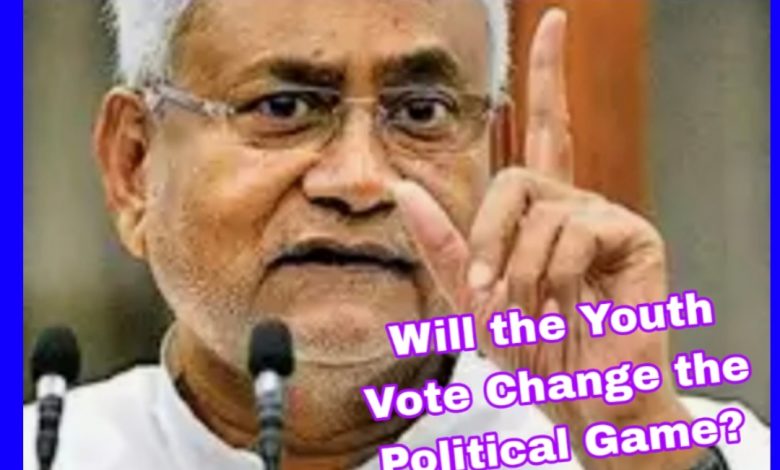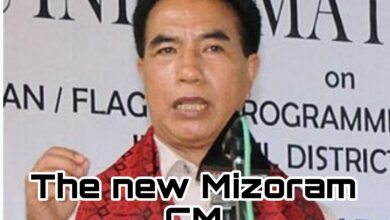Bihar 2025: Will the Youth Vote Change the Political Game?


With its rich history and complex social fabric, Bihar stands as one of India’s most politically dynamic states. Home to over 120 million people, it boasts a youthful population where nearly 58% are under the age of 30.
Youth voters play a crucial role in shaping the future of any democracy, bringing fresh perspectives and new energy to the political process.
Their participation can drive significant social and economic change, as they are often more aware of pressing issues like education, employment, climate change, and digital innovation.
The youth not only influences the immediate election outcomes but also shapes long-term policies. As Bihar approaches its 2025 Assembly elections, the focus intensifies on the state’s youth voters and their potential to influence the political landscape.
Recent data indicates a notable increase in young voters within Bihar. In Bhagalpur district alone, the number of voters aged 18 to 39 has risen by over 70,000 compared to the previous year, totaling approximately 1.17 million in this age group. Statewide, first-time voters aged 18 to 19 number around 926,000, with the 20 to 29 age bracket comprising over 10.6 million voters.
Recognizing the clout of young voters, parties are tailoring their campaigns to address issues pertinent to this group, such as employment opportunities, education, and economic development. The Rashtriya Janata Dal (RJD), under the leadership of Tejashwi Yadav, has set an ambitious goal to secure over 200 seats in the upcoming elections. The party focuses on strengthening its base and increasing membership, aiming to enroll one crore members in the coming months. The National Democratic Alliance (NDA) is also strategizing to appeal to the youth by highlighting development projects and potential job creation initiatives.
Recent surveys suggest a shifting political inclination among Bihar’s electorate.
A survey conducted in early 2024 indicated that 53% of respondents favored the BJP-JDU alliance, while 23% supported the Mahagathbandhan, comprising the RJD and Congress. The youth has shown varied in past elections.
In the 2020 Assembly elections, exit polls revealed that 47% of voters aged 18 to 35 favored Mahagathbandhan, with the NDA trailing in this age bracket. These findings suggest that while the NDA currently holds a lead, the youth vote remains a dynamic and potentially decisive factor.
Ultimately, the future of Bihar’s governance lies in the hands of its young electorate, whose participation can drive transformative change and shape a more progressive and inclusive political landscape.






